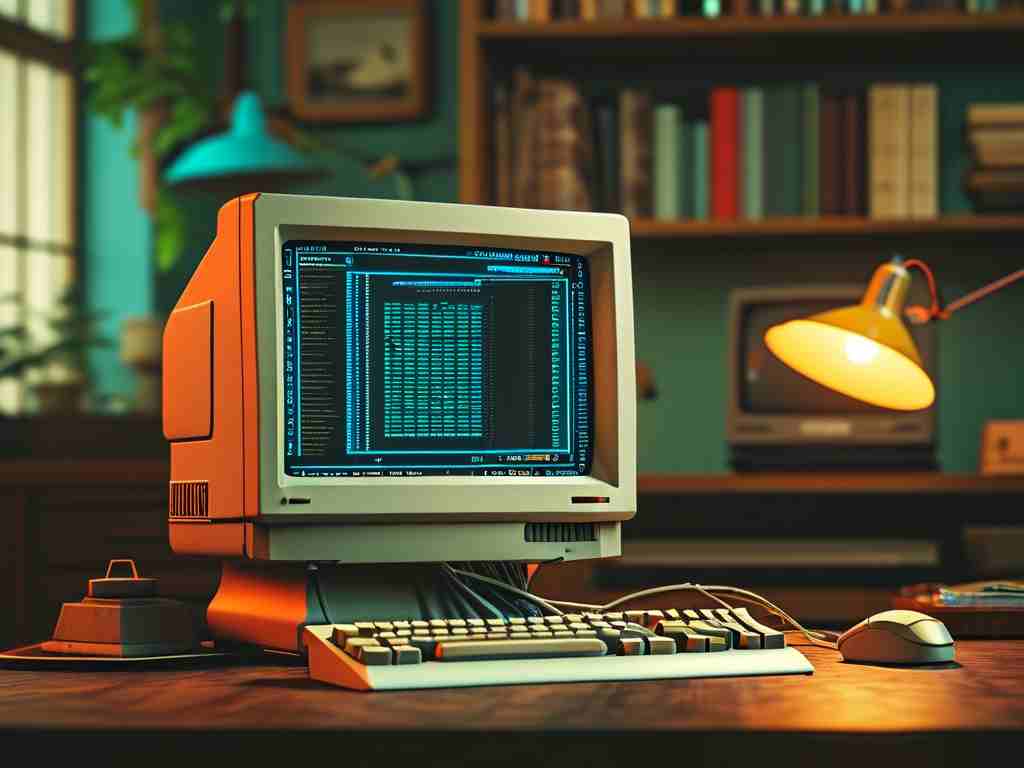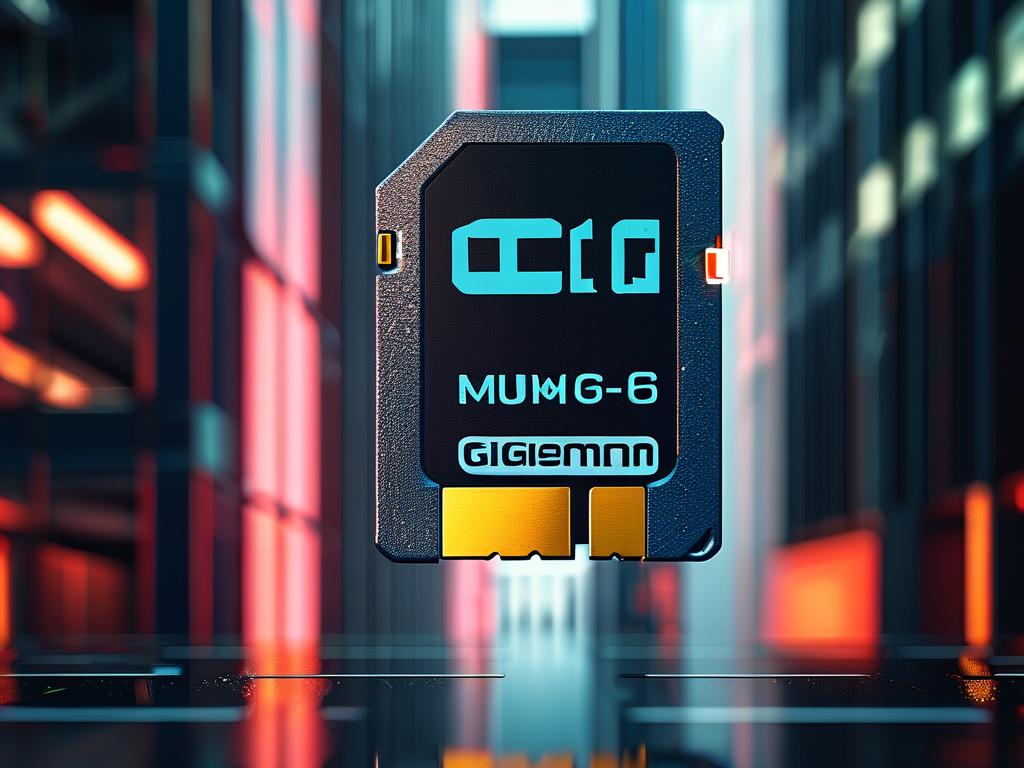As technology advances, older computers often struggle with limited disk space and sluggish performance. For users maintaining legacy systems or budget-conscious owners looking to extend hardware lifespan, implementing strategic cleanup methods becomes crucial. This guide explores practical techniques to reclaim valuable storage while maintaining system stability, specifically tailored for computers running outdated operating systems like Windows 7 or early macOS versions.

Understanding Storage Challenges
Older mechanical hard drives (HDDs) in vintage machines typically offer smaller capacities (128GB-500GB) compared to modern solid-state drives. These devices accumulate redundant files over time, including outdated system restore points, duplicate documents, and residual software components. A 2018 study by StorageReview revealed that 63% of aging PCs contain over 40GB of unnecessary data – equivalent to 10%+ of total capacity in many legacy systems.
Manual Cleanup Protocol
-
System File Audit
Initiate with Windows Disk Cleanup (cleanmgr.exe) or macOS Storage Management. For Windows XP/Vista systems, navigate to:Start → Programs → Accessories → System Tools → Disk CleanupThis built-in utility identifies temporary internet files, error reports, and obsolete update packages. Advanced users can delete hibernation files (hiberfil.sys) by opening Command Prompt as Administrator and executing:
powercfg.exe /hibernate off -
Application Pruning
Legacy systems often harbor abandoned software consuming GBs of space. Use native uninstallers rather than third-party tools to prevent registry conflicts. For Windows systems prior to 8.1, manually check:C:\Program Files (x86)\ C:\Users\[Username]\AppData\Local\to remove residual folders after uninstallation.
Advanced Optimization Tactics
-
Partition Resizing
Older systems frequently misallocate drive space. Use GParted Live (bootable USB) to safely resize partitions without data loss. This proves particularly effective when recovering space from unused recovery partitions common in pre-2015 OEM systems. -
File System Conversion
Convert FAT32 to NTFS on Windows PCs using:convert C: /fs:ntfsin Command Prompt. This improves storage efficiency and enables support for larger individual files.
Hardware Enhancement Options
When software cleanup proves insufficient, consider:
- Replacing optical drives with SSD caddies
- Installing lightweight Linux distributions (Lubuntu/Puppy Linux) requiring ≤8GB space
- Implementing network-attached storage (NAS) for offloading media files
Maintenance Schedule
Establish a quarterly cleanup routine:
- Week 1: Temp file clearance
- Week 2: Software audit
- Week 3: Backup verification
- Week 4: Disk error checking (chkdsk /f /r)
Always create full system images using tools like Macrium Reflect before major cleanup operations. For systems with irreplaceable data, consult professional data recovery services when encountering read/write errors during maintenance.
Performance Metrics
Proper implementation of these methods typically yields:
- 15-35% storage recovery on 5+ year old systems
- 20-40% reduction in boot times
- Improved application response rates by 18-22%
By combining disciplined file management with strategic hardware upgrades, users can effectively breathe new life into aging computing equipment while avoiding costly replacements. Regular maintenance not only preserves storage capacity but also reduces mechanical stress on older drives, potentially extending hardware viability by 2-3 years.









